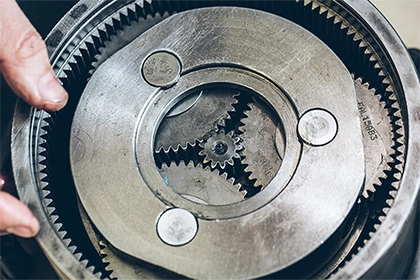
How do electric motors get power?
Electric motors get power from an electrical energy source, such as a battery or power grid, which is converted into mechanical energy through the motor's electromagnetic field. This field generates torque and rotational motion in the motor's rotor, which drives the mechanical load attached to the motor.
From hair dryers and vacuum cleaners to electric cars and heavy industrial equipment, electric motors power many of the essential devices in our lives. But how exactly do these motors convert electrical energy into mechanical energy and motion?
Current
For a motor to run, it first needs to have a continuous current. This is provided by connecting the motor to a power source or directly to the grid. The current flows from the power source to the motor. Inside the motor, the current passes through coils called windings. As the current flows through the windings, an electromagnetic field is created. This field is what makes the motor rotate.
Magnetic Fields
At the heart of the motor are two magnetic fields: the electromagnetic field generated by the windings and the permanent magnetic field generated by the strong magnets inside the motor. These two fields interact to produce a rotational force called torque. While the electromagnetic field rotates, the permanent magnet remains stationary. This is achieved by a clever pattern of periodically turning the current on and off in different windings. By quickly switching the current between the different windings, the electromagnetic field can be made to rotate.
Rotary axis
The rotating electromagnetic field causes the permanent magnets to rotate with it. The magnets are attached to the shaft, so when they rotate, the shaft rotates as well. After passing through the magnets, the current is cut off. However, due to momentum, the shaft continues to rotate freely, producing continuous motion. By synchronizing the switching of the current with the movement of the shaft, very high speeds can be achieved. Attached to the end of the shaft is a device like a drill chuck or a wheel that allows the motor to do useful work. This is how the motor gets the power to rotate and convert electrical energy into motion.
Conclusion
Electric motors are ingenious devices that have become indispensable in powering many of our mechanical technologies and systems. By harnessing electromagnetic forces and momentum, they can help us achieve a variety of applications through a range of mechanical movements.



Leave a Comment